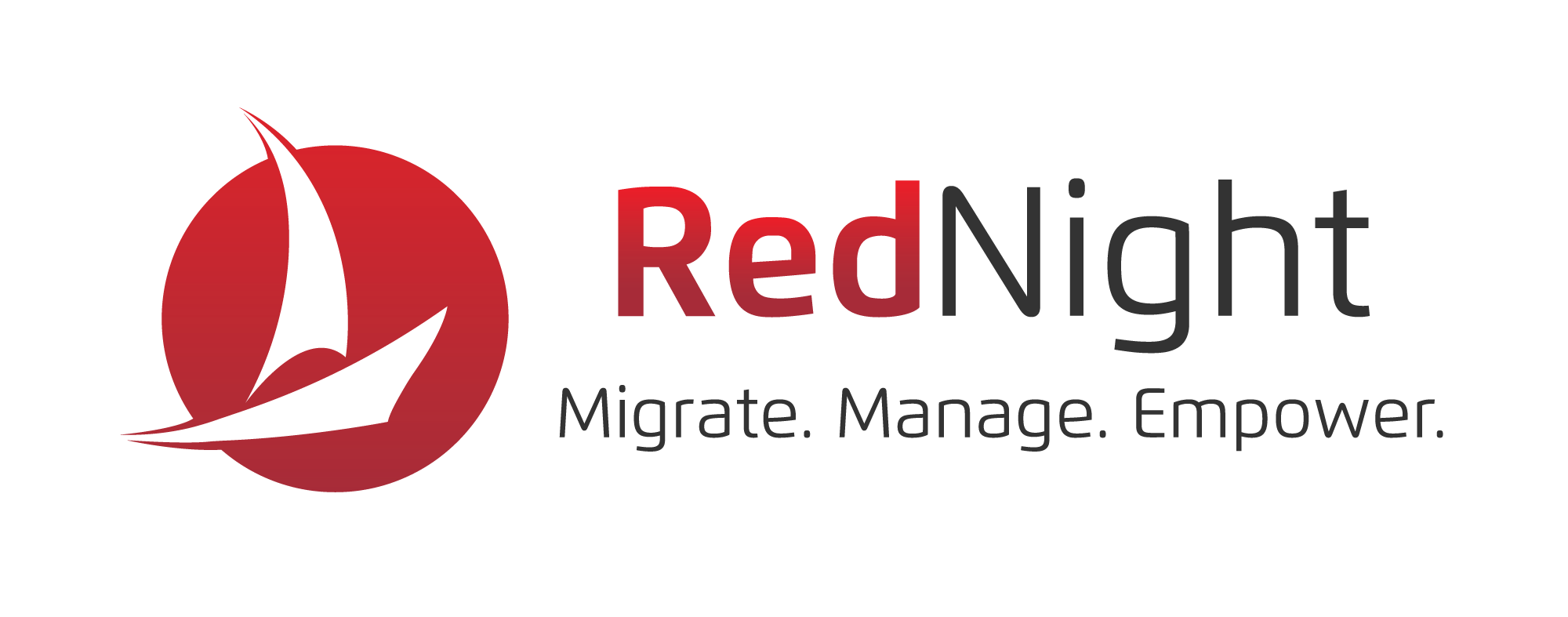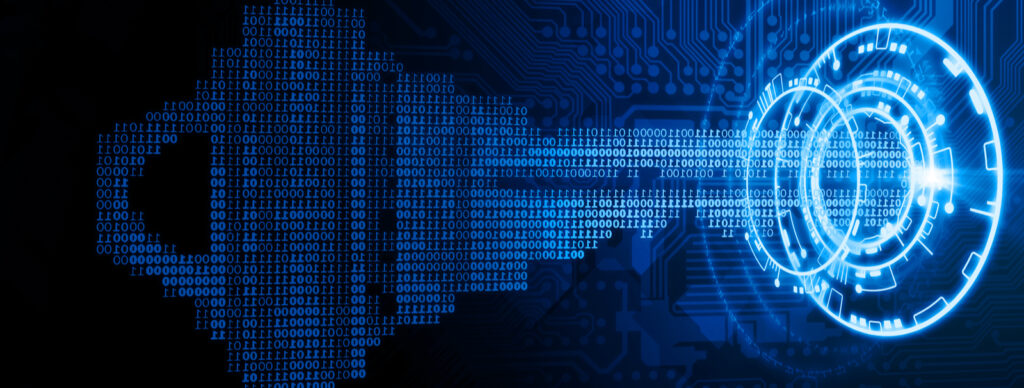After a decade, Windows 7 is finally nearing “end of life” or “end of service.” If you’re a Windows 7 user, you have already started seeing messages warning you that your computer will no longer receive support after January 2020. But what does this mean, and what should you do about it?
What does EOL mean?
If you don’t upgrade to Windows 10 before January 2020, what will happen to your computer? Is it going to just stop working?
Definitely not. Your computer will turn on and keep functioning just like it has for years. What it won’t do is continue to get security updates from Microsoft. This means your computer will be more vulnerable to malicious attacks, viruses, and ransomware than an up-to-date operating system.
Why is Microsoft doing this?
Windows 7 is a decade old, and Microsoft has been pushing people to upgrade to Windows 10 for several years; for a long stretch of time, you could even get Windows 10 as a free upgrade from Windows 7. Despite these prompts from Microsoft, various versions of Windows are in use today, and almost 80% of users still have Windows 7 on their PCs.
Computer software, especially operating systems, requires nearly constant updates to remove exploitable vulnerabilities, better protect owners from malicious software, and support new developments in other programs. Right now, Microsoft is doing this for three systems. Windows 7, using 10-year-old code, is the hardest to update. So dropping the system makes plenty of sense. And, remember, Windows tends to maintain support for its operating systems longer than any other company out there; Apple stops support for an OS iteration after roughly three years, and your Android phone stops getting updates after about two years.
So what happens now?
Cut off from security updates
If you don’t upgrade to a newer version of Windows before 2020, your computer will stop getting security upgrades. On day 1, that might not mean much, but over time, your computer will become more vulnerable to the most sophisticated threats. For businesses, this has the potential to be catastrophic.
Anti-virus software probably isn’t enough
Even the most robust anti-virus software probably won’t be able to protect your system over time. Anti-virus software works differently than security patches; attacks on out-of-date Windows 7 machines will use vulnerabilities in the system itself instead of things like phishing attacks or malicious website code, which anti-virus software is designed to detect.
Other programs may not function, adding additional vulnerabilities
Some programs and plug-ins are notorious for containing malicious code; Adobe’s Flash is, unfortunately, one of them. Operating systems play a significant role in protecting computers from these dangerous items of code, although anti-virus software also plugs a lot of holes. Flash and similar display modules are a relatively easy way to drop code into a system by using cookies and other background downloaded resources. An out-of-date OS is more vulnerable, making it easier for attacks to gain entry to your system.
No access to the best new tools
Malware prevention and protection are rapidly developing fields, especially as cloud computing comes into its own. With Microsoft stopping support for Windows 7, other companies will follow suit; why continue to develop tools for an OS that people should be leaving behind? Without an up-to-date, supported OS, you’ll gradually lose the ability to protect your data.
If you’re not sure how to move forward from Windows 7 into a more modern OS, IT providers are here to help. Making the transition correctly can be particularly important for businesses, so that legacy programs aren’t unintentionally left behind. Make sure to get the help of an expert before starting your upgrade process.


